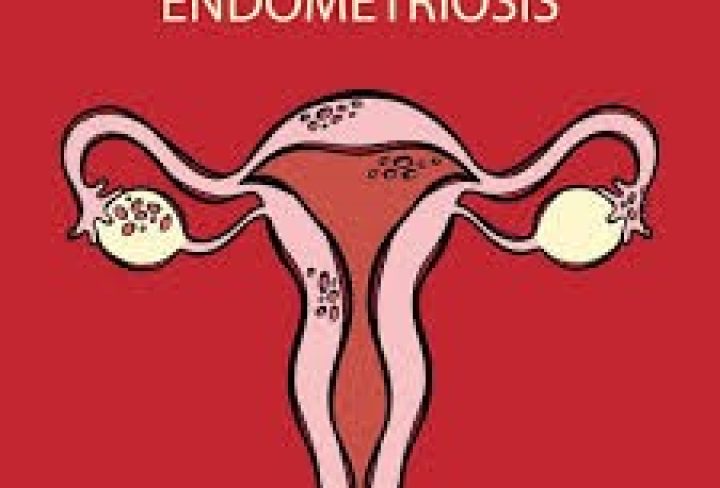Suffering from endometriosis can deeply affect a woman’s daily life. Fortunately, laparoscopy for endometriosis offers hope. This guide shares how this method can relieve your symptoms, improve your well-being, and provide valuable insights into this journey. Here’s what you can expect from exploring this modern approach to combating endometriosis.
Understanding Endometriosis and the Role of Laparoscopy
Endometriosis occurs when the tissue similar to the lining inside the uterus starts to grow outside it. This can lead to pain, irregular periods, and sometimes infertility. Many women experience severe cramps, heavy periods, and discomfort during intercourse. Endometriosis affects women of all ages, although it’s most common in those in their 30s and 40s.
The exact causes of endometriosis are not fully understood, but several factors might contribute. Genetics can play a role; if your mother or sister has it, you may be more likely to have it too. Other factors include menstrual cycle phases where menstrual fluid flows backward into the fallopian tubes, a weak immune system, or hormonal imbalances.
Complications can extend beyond pain and discomfort. Endometriosis can sometimes create fertility problems. Yet, modern medicine offers solutions.
Laparoscopy for endometriosis is gaining popularity for good reasons. It’s minimally invasive and involves small incisions. This method checks the growth of Endometrial tissue and helps remove them, alleviating pain and sometimes enhancing fertility.
Studies have shown a high success rate of laparoscopy for endometriosis symptoms relief. This procedure is effective in easing discomfort and improving quality of life.
Evidence supports that many women find laparoscopy for endometriosis pain relief as a pivotal step in managing this condition. It’s crucial to have a method that not only pinpoints the material causing problems but also provides relief.
The Laparoscopy Procedure: Dual Diagnostic and Therapeutic Role
When undergoing the laparoscopy procedure for endometriosis, it is helpful to know what to expect. The procedure serves both diagnostic and treatment purposes. It starts with using anesthesia to keep you comfortable throughout.
Here’s a brief overview of the surgical steps:
- Anesthesia: You’ll be under general anesthesia, so you won’t feel anything.
- Small Incisions: The surgeon makes small cuts around your belly area.
- Laparoscope Insertion: A tiny camera, or laparoscope, is inserted to view the condition of internal organs.
- Assessment and Removal: If they find troubling tissue, the surgeon can remove or burn it away.
- Closure: Finally, the incisions are closed, often with stitches or glue.
This technique allows doctors to see all those tricky spots without needing a major operation. It’s fascinating to think of how this tiny camera can make such a huge difference in diagnosing your condition.
The benefits of laparoscopy for endometriosis are plentiful. It offers long-term relief from symptoms like pain, heavy bleeding, and fatigue. Recovery is often quicker compared to traditional surgeries, leading to a swift return to normal activities.
Many women notice a substantial reduction in pain and a better quality of life after undergoing this surgery. Science backs this up with studies showing the advantages of removing problematic areas, leading to fewer symptoms and improved daily functioning.
Preparing for and Recovering from Laparoscopy
If you’re considering laparoscopy for endometriosis, knowing how to prepare and what to expect during recovery is vital. Good preparation ensures clear imaging, enabling doctors to perform the procedure efficiently. Here’s how you can get ready:
- Consultation: Talk to your doctor about what to expect.
- Fasting: You’ll likely need to fast a few hours before surgery.
- Medication: Discuss your medications, you might need to pause or adjust them.
Understanding the laparoscopy recovery time endometriosis patients usually experience is essential for setting realistic expectations. Recovery involves shorter hospital stays, often just a day or two, thanks to the minimally invasive nature of the procedure.
After surgery, you’ll move through several recovery stages:
- First Days: Expect soreness and potentially bloating, which medication and rest can help manage.
- One Week Post-Op: Many women return to gentle activities, like walking or light chores.
- Two to Four Weeks: Most can go back to work and resume regular activities during this time.
It’s crucial to follow your doctor’s guidelines for a smooth recovery. Post-laparoscopy recovery tips endometriosis patients find useful include keeping incisions dry, avoiding heavy lifting, and staying hydrated.
For managing symptoms efficiently, lifestyle adjustments like a balanced diet and regular exercise can make a significant difference in sustaining post-surgery improvements.
Conclusion and Encouragement
Laparoscopy for endometriosis promises many benefits, including effective symptom relief and improved fertility. This method epitomizes how modern technology continually transforms women’s healthcare. If endometriosis affects you, considering this procedure could lead to increased life satisfaction. Consult with healthcare providers about how this option fits into your personalized approach to managing endometriosis.

